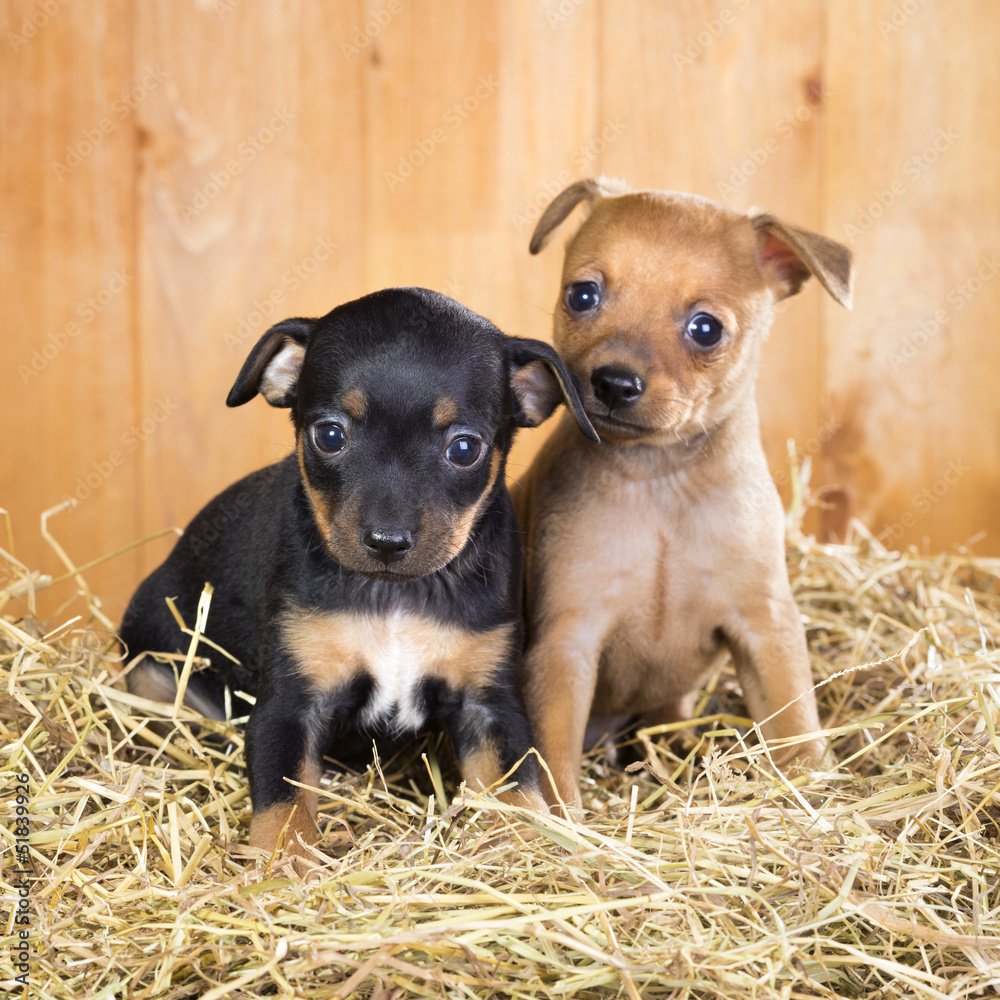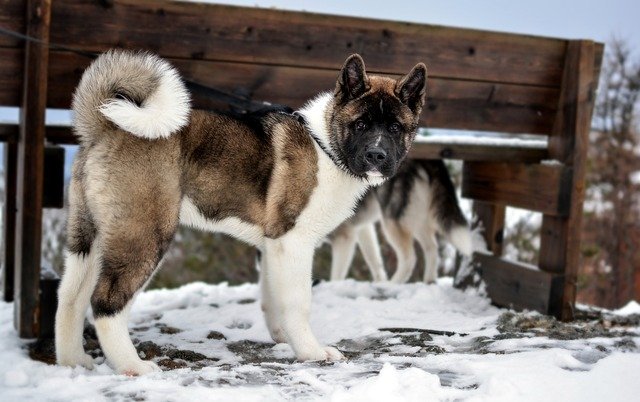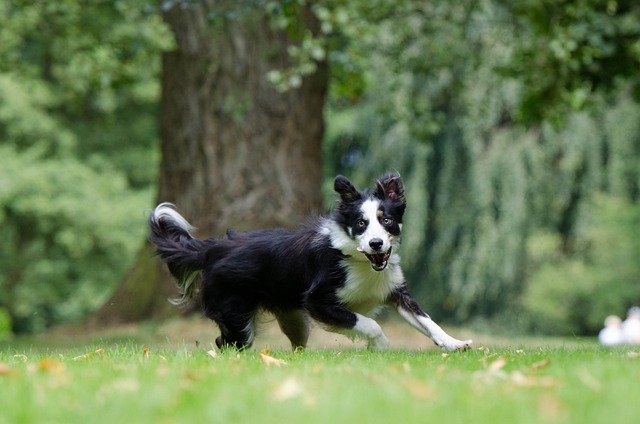Moving from being a puppy to an adult dog is a big deal for your furry friend and for you too. When to Stop Feeding Puppy Food? is a very common question for all dog owners. Just a short while ago, your cute little pup was running around causing trouble. But now, they’ve grown up, and it’s time to think about what’s best for their health. A major part of keeping your dog healthy is what they eat. So, when do you switch from Feeding Puppy Food? It depends on things like their breed, if they’ve been spayed or neutered, and any health issues they might have.
Puppies require more calories than adult dogs because they’re growing quickly and have lots of energy. A young puppy needs around double the calories compared to an adult dog of the same size. But as your puppy gets older, their growth slows down, and they don’t need as many calories. If you keep feeding them puppy food after they’ve stopped growing, they might put on extra weight. Too much weight can lead to health issues like obesity, which isn’t good for your dog.
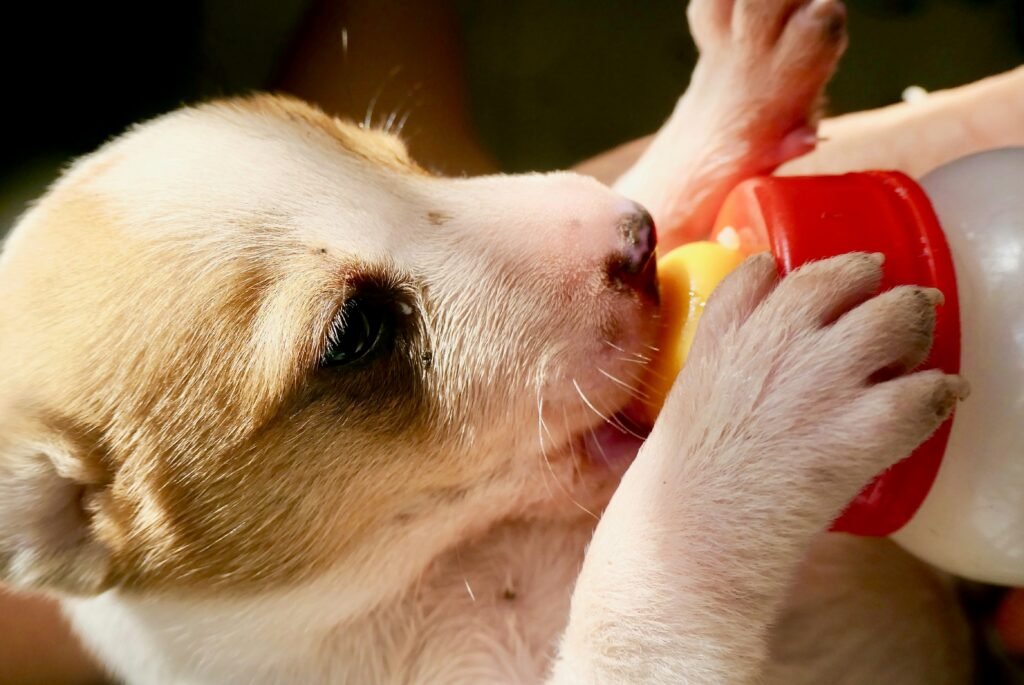
This guide will help you figure out when to make the switch, what’s different about puppy and adult food, how to pick the best adult food, and how to switch foods smoothly so your pup stays healthy for life.
When to switch from feeding puppy food?
The timing of switching from puppy to adult dog food is crucial. Puppies need extra protein, fat, and minerals for their growth and development to prevent various health issues like bone, joint, brain, and eye disorders.
Puppies are ready for adult food when they’re about 80% of their adult size. Besides breed size, consider if they’re spayed/neutered or highly active, needing more calories.
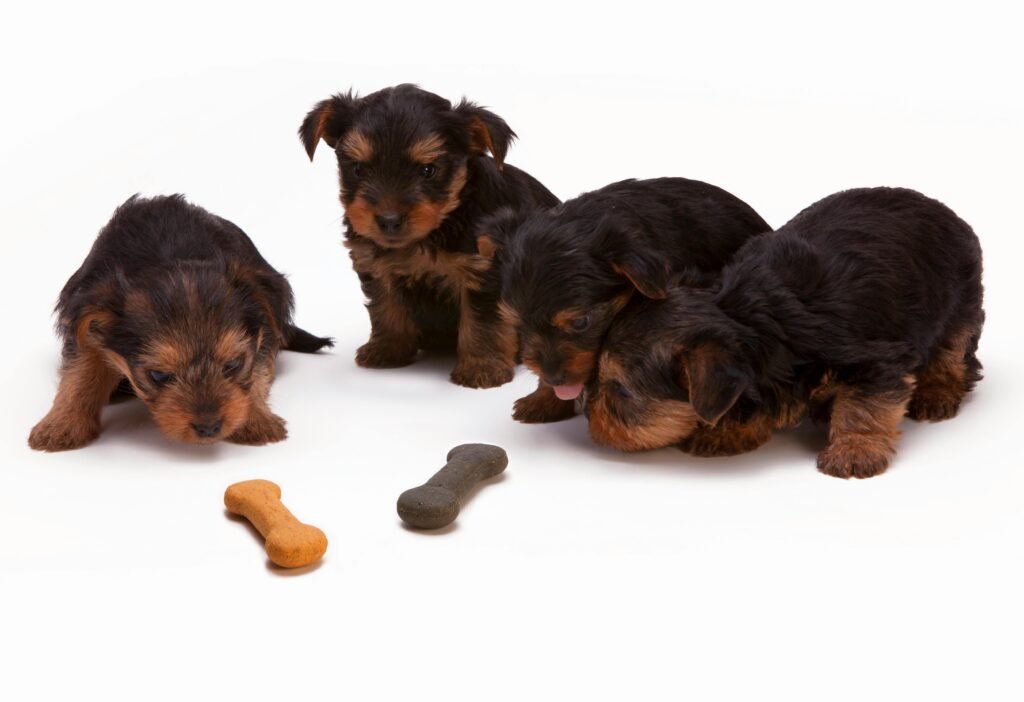
Breed Size: Smaller breeds like Chihuahuas, Yorkshire Terriers, and Pugs mature faster than larger breeds such as Golden Retrievers, German Shepherds, and Dalmatians.
Here are some guidelines to help you decide when to switch to adult dog food:
- Small breeds (under 25 pounds fully grown) reach adult size at 10-12 months, ready for adult food at 9-10 months.
- Medium-sized breeds (25-50 pounds) reach adult size at 12-15 months, ready at 12-14 months.
- Large breeds (over 50 pounds) vary, taking 15-24 months. They may feeding puppy food until 14-24 months to ensure proper growth and skeletal development.
Activity Level: Athletic dogs may benefit from staying on puppy food longer for muscle growth and energy.
Spaying/Neutering: Surgery can decrease calorie needs by up to 30%. The correct amount feeding puppy food is crucial to prevent obesity. It may affect growth plates in large breed puppies, leading to joint issues later. Unspayed female dogs bred early might feeding puppy food longer for gestation and lactation support.
How to Make the Diet change?
Changing your dog’s diet should be done gradually to prevent stomach issues. This process usually takes about a week or two, depending on how you do it.
Choosing the right food for your adult dog might take some time and research. You might want to stick with the same brand but switch from feeding puppy food to an adult formula. Your vet can help you find the right diet.

Once you’ve picked the adult food, figure out how much you’ll need based on your dog’s current weight. Then, start mixing a small amount of adult food with the puppy food, increasing it a bit at each meal. To make things easier, you can set a schedule so you don’t forget how much to feed. Many vets suggest the “3 by 3” method for switching diets:
- Days 1-3: 1/3 adult food, 2/3 puppy food
- Days 4-6: 1/2 adult food, 1/2 puppy food
- Days 7-9: 2/3 adult food, 1/3 puppy food
- Day 10 onwards: Full adult food
While switching from feeding puppy food, keep an eye on your dog’s appetite and bathroom habits. If they have diarrhea or vomit, slow down the transition. If it continues, try a different adult diet and start over. Call your vet if your dog has these symptoms for more than a day.
Check your dog’s weight over the next few months to see if you need to adjust portions. And remember to keep up with vet check-ups as advised.

